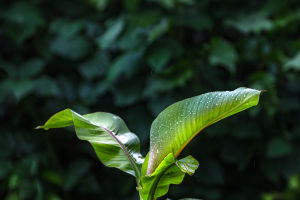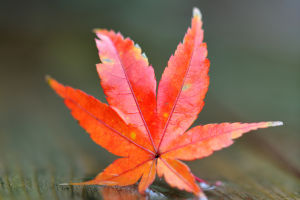Sunflower is an herbaceous plant that blooms in summer and is mainly grown and planted in the summer season.
The flowering period is usually from July to August and can last for more than two weeks.
Sunflower flowers are heads that grow at the top of the stem, commonly known as the disk.
The flowers are mostly orange, light yellow, and fuchsia in color.
The sunflower is named after the young plant tops in the early stage of growth and the young flower discs in the middle stage, which follow the sun and turn very clearly.
Analyze the sunflower sunward from the biological science reason.
Sunflower is sunny from the time of germination to the time when the flower disk is in full bloom.
The leaves and discs follow the sun from east to west during the day, although not instantly.
Botanists have measured that the pointing of its flower discs is about 12 degrees behind the sun or 48 minutes.
After the sun goes down, the sunflower's disk slowly swings back again, and at about 3 a.m., it faces east again to wait for the sun to rise.
It's really amazing!
Sunflowers have a backlit distribution of growth hormone in the receptacle, thus the stem on the backlit side grows faster, and the stem bends toward the light source.
Under sunlight, the growth hormone content rises on the backlit side of the sunflower, stimulating the cells on the backlit side to elongate and turn toward the sun.
After the sun sets, the growth hormone redistributes, causing the sunflower to turn back to the east.
Once the flower disk is in full bloom, it no longer turns toward the sun but is fixed to face east.
The pollen of sunflowers is afraid of high temperatures, if the temperature is higher than 30℃.
It will be burned. Therefore, fixed facing east can avoid direct sunlight at noon and reduce the amount of radiation.
However, the flower discs are exposed to sunlight in the morning, which helps dry the dew that coalesces during the night and reduces the possibility of being attacked by mildew.
In addition, the temperature is lower in the morning and the sunlight exposure makes the sunflower discs into warm nests that attract insects to help with pollination.
Wild sunflower habitats are mainly grasslands as well as dry, open areas.
They grow along roadsides, fields, desert edges, and grasslands.
They grow best in the full sun and in wet or disturbed areas.
Wild sunflowers tolerate both high and low temperatures, but are more tolerant of low temperatures, with an optimum temperature range between 21-26°C.
Sunflower has low soil requirements and can grow on all types of soil, from fertile soil to dry infertile and saline land.
Not only does it have strong salinity tolerance, but it also has salt-absorbing properties.
It can thrive in alkaline soil and is highly resistant to drought.
The flower language of sunflowers is faith, radiance, nobility, loyalty, and adoration.
The symbolism is silent love, representing the courage to pursue the happiness they want.
Although the flower posture of sunflowers is not as romantic as roses, not as pure as lilies, but has a unique charm of its own.
The sunflower blooms not only love but also the love of dreams and life.


